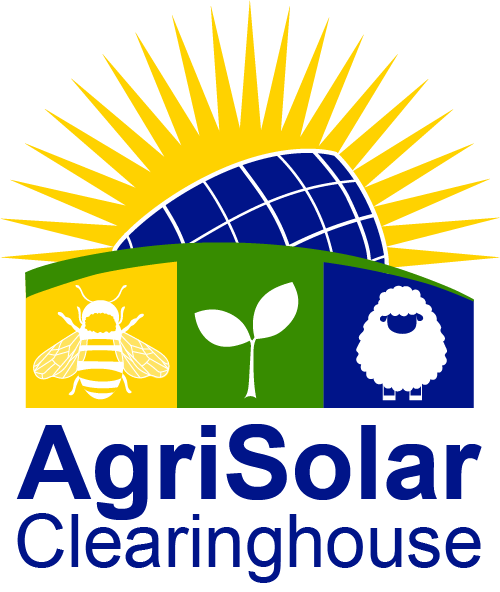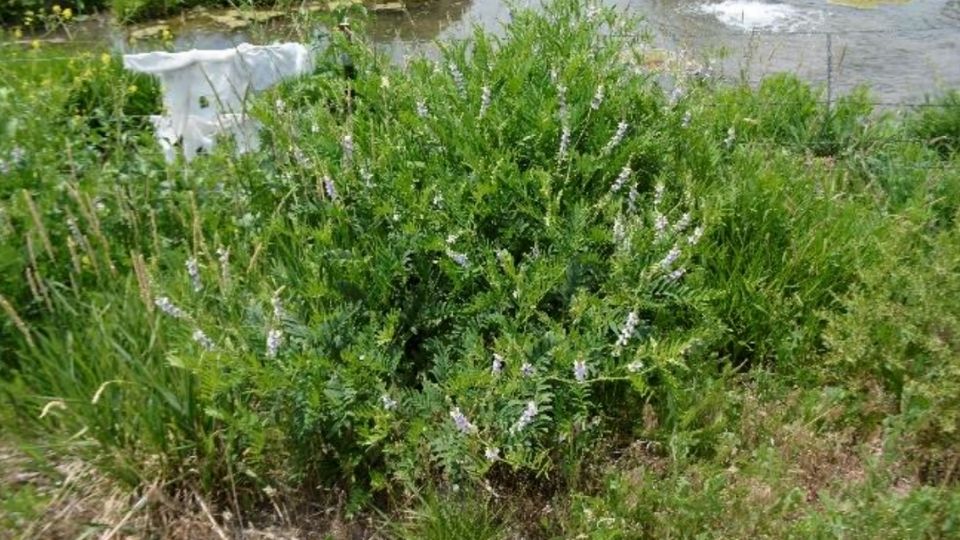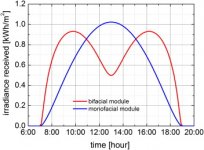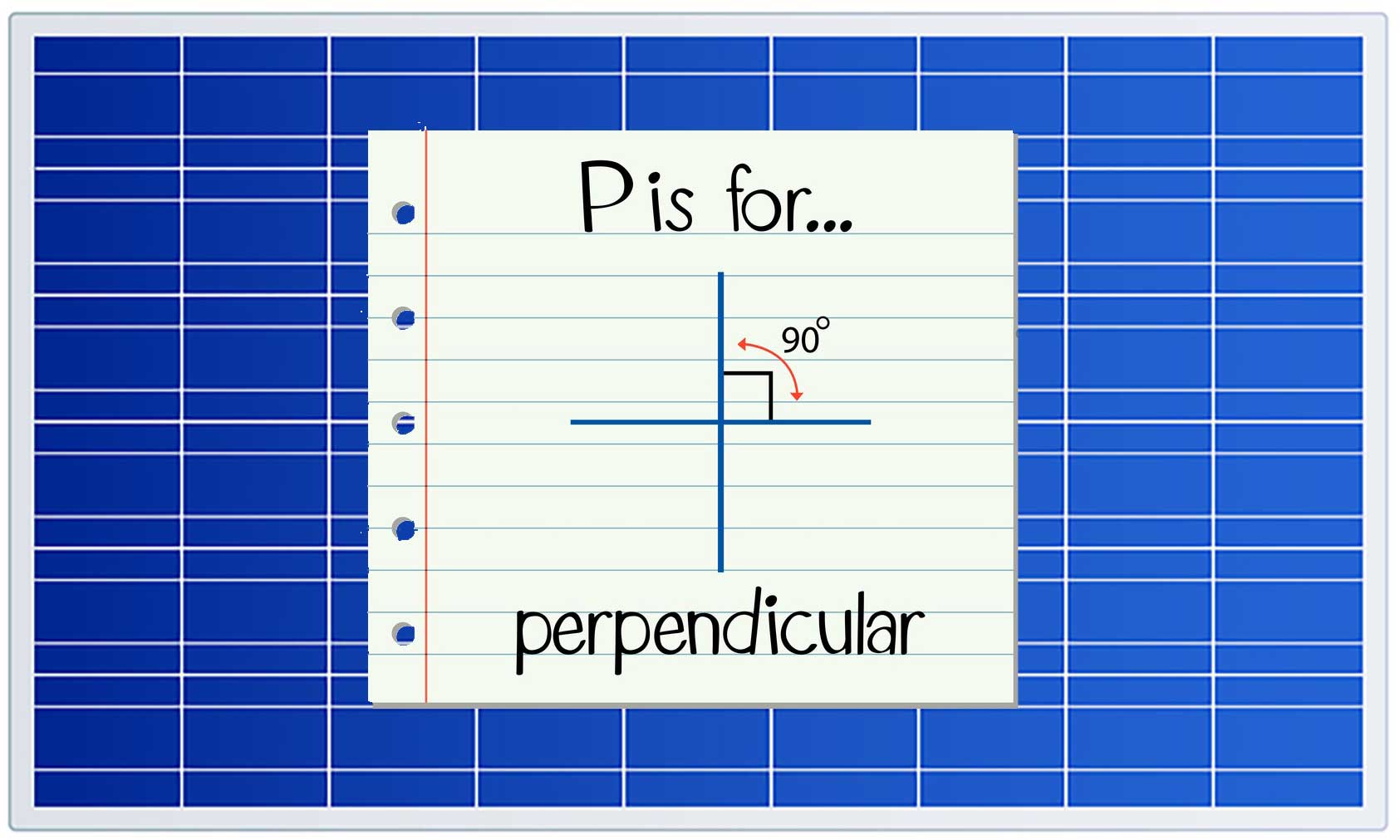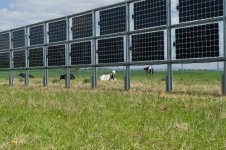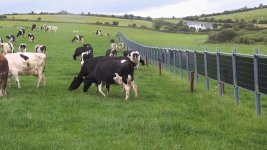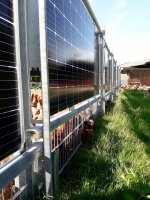Chris Lent
Moderator
For grazing and soil health purposes under ground mounted PV, it will be important to know about the shade tolerance of various forage or cover crops. I saw this review on the Association for Temperate Agroforestry site that looks at past studies of the shade tolerance of herbaceous forbs and legumes. https://www.aftaweb.org/latest-news...-groundcovers-for-agroforestry-plantings.html Does anyone have other sources of information on this topic?
